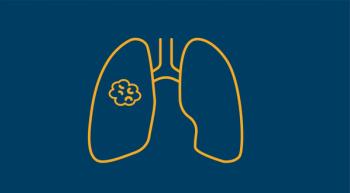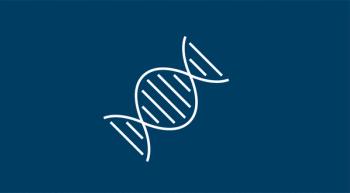
Patients with BRCA wild-type triple-negative breast cancer treated with olaparib on a gap schedule with chemotherapy did not experience improved responses compared with chemotherapy alone in the neoadjuvant setting.

Patients with BRCA wild-type triple-negative breast cancer treated with olaparib on a gap schedule with chemotherapy did not experience improved responses compared with chemotherapy alone in the neoadjuvant setting.

Patients with gastric/GEJ adenocarcinoma treated with cadonilimab plus oxaliplatin and capecitabine obtained a survival benefit regardless of PD-L1 expression.

An estimated 54.5% of adolescents in the United States have received the recommended doses of the HPV vaccine, although the government established a goal of an 80% vaccination rate in this population.

Combined adjuvant treatment with mRNA-4157 in combination with pembrolizumab improved recurrence rates in patients with resected high-risk melanoma.

Patients who received pembrolizumab plus cisplatin and gemcitabine achieved a median overall survival of 12.7 months, compared with 10.9 months with cisplatin and gemcitabine alone.

A genome-wide methylome enrichment platform may help identify multiple early-stage cancers.

The pathologic complete response rate with durvalumab was 17.2% vs 4.3% with placebo, reflecting an absolute difference of 12.9%.

Findings from the TAPESTRY trial showed that approximately 40% of patients with genetic conditions may be missed by current NCCN guidelines.

Combined adjuvant treatment with atezolizumab and bevacizumab was determined to deliver a statistically significant recurrence-free survival benefit to patients with resected hepatocellular carcinoma.

Longer follow-up data from the phase 1/2 CodeBreaK 100 trial show that patients with KRAS G12C–mutant non–small cell lung cancer experienced improved prolonged overall survival and encouraging response rates with sotorasib.

Patients with YAP1 and inflamed T-cell expressing extensive-stage small cell lung cancer experienced superior overall survival following treatment with durvalumab and etoposide.

Patients with heavily pretreated lymphoma experienced promising clinical responses following treatment with the innate cell engager AMF13 plus preactivated and expanded natural killers (NK) cells.

Tumor-infiltrating lymphocytes show great promise in the metastatic melanoma space, but questions remain.

Overall, 3 objective responses were recorded from 16 eligible patients in the neuroblastoma cohort, which met the protocol-defined efficacy end point.

Lifileucel produced durable responses in advanced melanoma that was previously treated an an immunotherapy agent.

Nivolumab plus ipilimumab showed an improvement in relapse-free survival for this patient population.

Significant differences were seen between Hispanic and non-Hispanic white patients with hematological malignancies in Texas in terms of the age of diagnosis and long-term survival outcomes.

Efforts are being made to address remaining questions in the realm of BRAF-mutant melanoma, according to Charles L. Sawyers, MD.

Chemotherapy administered within 3 months of a diagnosis of coronavirus disease 2019 (COVID-19) increased the risk of death in patients with thoracic cancer, according to findings from the global TERAVOLT Consortium registry.

The vaccine BVAC-C demonstrated durable antitumor activity in patients with HPV 16– or HPV 18–positive recurrent cervical cancer, according to findings presented at the 2020 AACR Virtual Annual Meeting I.

In the adjuvant setting, circulating tumor DNA (ctDNA) may be a biomarker for the detection of post-surgical minimal residual disease (MRD) and for determining the clonality of relapsing disease.

A minimally invasive blood test has been found to be feasible to safely detect several types of cancers in patients without a history of malignancies.